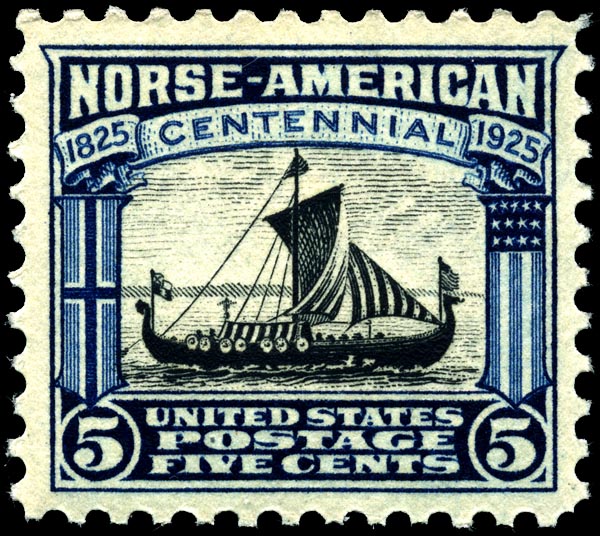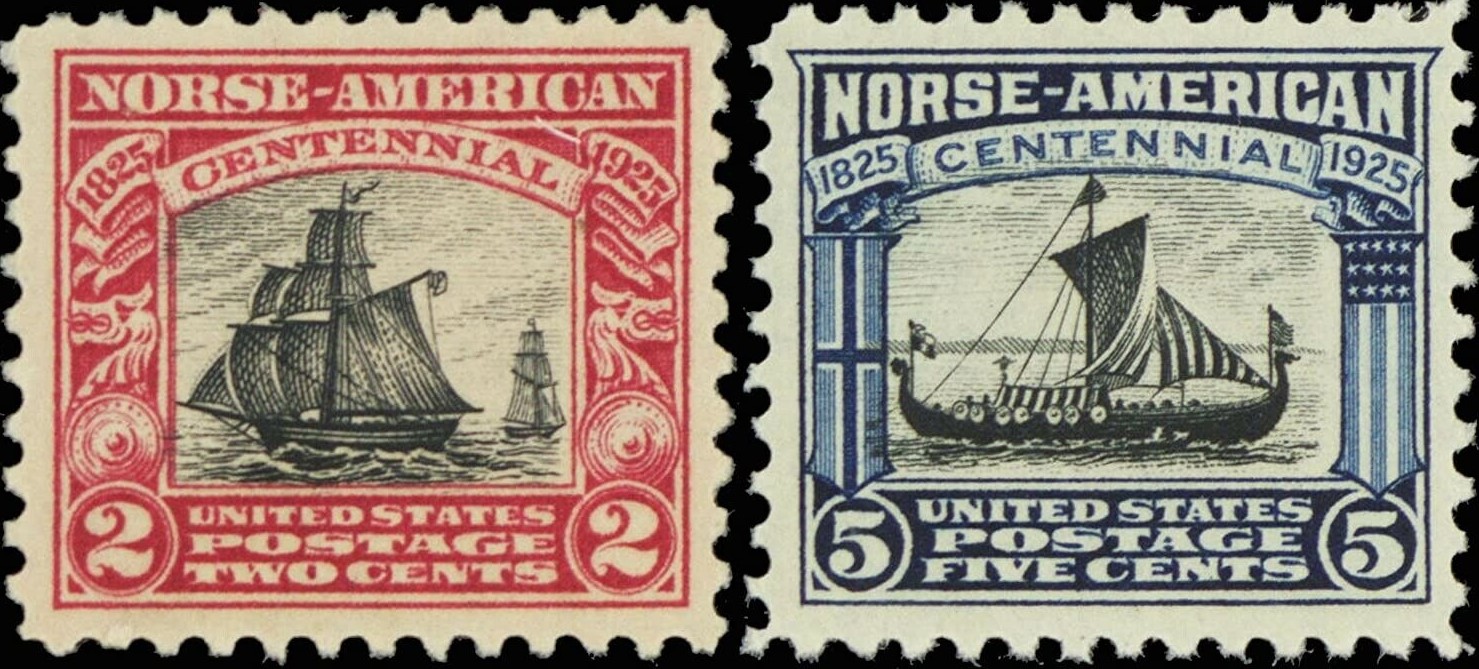|
Mindekirken
The Norwegian Lutheran Memorial Church of Minneapolis (''Norwegian'' ''Den Norske Lutherske Mindekirke''), better known as Mindekirken, is a Lutheran church in Minneapolis in the U.S. state of Minnesota. It is one of two American churches still using Norwegian as a primary liturgical language, the other being Minnekirken in Chicago, Illinois. King Harald V of Norway is the church's Patronage, patron. Retrieved 7 November 2007 History The congregation of Mindekirken was formed in 1922 by the Evangelical Lutheran Church (United States), Norwegian Lutheran Church of America in response to the rapid abandonment of Norwegian in favor of English among The Norwegian Lutheran Church in the United States, Norwegian Lutheran churches at that t ...[...More Info...] [...Related Items...] OR: [Wikipedia] [Google] [Baidu] |
Mindekirken Altar
The Norwegian Lutheran Memorial Church of Minneapolis ('' Norwegian'' ''Den Norske Lutherske Mindekirke''), better known as Mindekirken, is a Lutheran church in Minneapolis in the U.S. state of Minnesota. It is one of two American churches still using Norwegian as a primary liturgical language, the other being Minnekirken in Chicago, Illinois. King Harald V of Norway is the church's patron. Retrieved 7 November 2007 History The congregation of Mindekirken was formed in 1922 by the Norwegian Lutheran Church of America in response to the rapid abandonment of Norwegian in favor o ...[...More Info...] [...Related Items...] OR: [Wikipedia] [Google] [Baidu] |
The Norwegian Lutheran Church In The United States
The Norwegian Lutheran Church in the United States is a general term to describe the Lutheran church tradition developed within the United States by immigrants from Norway. Background Most Norwegian immigrants to the United States, particularly in the migration wave between the 1860s and early 20th century, were members of the Church of Norway, an evangelical Lutheran church established by the Constitution of Norway. As they settled in their new homeland and forged their own communities, however, Norwegian-American Lutherans diverged from the state church in many ways, forming synods and conferences that ultimately contributed to the present Lutheran establishment in the United States. Early foundations 300px, Living Branch Lutheran Church in North Branch, MN. The first organized emigrants from Norway to the United States were religious dissenters on the '' Restauration'' during 1825. It is widely considered that many of them had Quaker sympathies, but it is also clear that ma ... [...More Info...] [...Related Items...] OR: [Wikipedia] [Google] [Baidu] |
Norwegian American
Norwegian Americans ( nb, Norskamerikanere, nn, Norskamerikanarar) are Americans with ancestral roots in Norway. Norwegian immigrants went to the United States primarily in the latter half of the 19th century and the first few decades of the 20th century. There are more than 4.5 million Norwegian Americans, according to the 2021 U.S. census,; most live in the Upper Midwest and on the West Coast of the United States. Immigration Viking-era exploration Norsemen from Greenland and Iceland were the first Europeans to reach North America. Leif Erikson reached North America via Norse settlements in Greenland around the year 1000. Norse settlers from Greenland founded the settlement of L'Anse aux Meadows and Point Rosee in Vinland, in what is now Newfoundland, Canada. These settlers failed to establish a permanent settlement because of conflicts with indigenous people and within the Norse community. Colonial settlement The Netherlands, and especially the cities of Amste ... [...More Info...] [...Related Items...] OR: [Wikipedia] [Google] [Baidu] |
Norse-American Centennial
The Norse-American Centennial celebration was held at the Minnesota State Fair on June 6–9, 1925. Description The event served to commemorate the 100th anniversary of the arrival during 1825 of the Norwegian immigrant ship '' Restauration''. The arrival of this ship is generally considered the first organized emigration of Norwegian-Americans to the United States. Gisle C. J. Bothne, Department head and professor of Scandinavian languages and literature at the University of Minnesota, was President of the Norse-American Centennial celebration. Johan Andreas Holvik, professor at Concordia College in Moorhead, Minnesota served as the Secretary of the national administration committee of the Norse-American Centennial. Knut Gjerset, professor at Luther College and curator of the Vesterheim Norwegian-American Museum, served as Director of the Norse-American Centennial celebration. The committee of advisors included author O. E. Rolvaag . During his appearance at the Norse-Ame ... [...More Info...] [...Related Items...] OR: [Wikipedia] [Google] [Baidu] |
Minnekirken
, native_name_lang = , image = Norwegian Lutheran Memorial Church, Chicago, Illinois LCCN2011636313.tif , imagesize = , imagelink = , imagealt = , landscape = , caption = , pushpin map = , pushpin label position = , pushpin map alt = , pushpin mapsize = , relief = , map caption = , latd = , latm = , lats = , latNS = , longd = , longm = , longs = , longEW = , iso region = , coordinates = , coordinates display = , osgraw = , osgridref = , location = 2614 N. Kedzie Blvd. , country = United States , denomination = Lutheran Congregations in Mission for Christ , ... [...More Info...] [...Related Items...] OR: [Wikipedia] [Google] [Baidu] |
Olav V Of Norway
Olav V (; born Prince Alexander of Denmark; 2 July 1903 – 17 January 1991) was the King of Norway from 1957 until his death in 1991. Olav was the only child of King Haakon VII of Norway and Maud of Wales. He became heir apparent to the Norwegian throne when his father was elected King of Norway in 1905. He was the first heir to the Norwegian throne to be brought up in Norway since Olav IV in the fourteenth century, and his parents made sure he was given as Norwegian an upbringing as possible. In preparation for his future role, he attended both civilian and military schools. In 1929, he married his first cousin Princess Märtha of Sweden. During World War II his leadership was much appreciated and he was appointed Norwegian Chief of Defence in 1944. Olav became king following the death of his father in 1957. Owing to his considerate, down-to-earth style, King Olav was immensely popular, resulting in the nickname ('The People's King'). In a 2005 poll by the Norwegian Broa ... [...More Info...] [...Related Items...] OR: [Wikipedia] [Google] [Baidu] |
Ventura Village, Minneapolis
Ventura Village is a neighborhood within the Phillips community in Minneapolis. Its boundaries are Interstate 35W to the west, Interstate 94 (including the I-94/I-35W bottleneck) to the north, and Hiawatha Avenue to the east. The southern boundary runs (from west to east) along East 22nd Street from I-35W to Chicago Avenue, along East 24th Street from Chicago Avenue to 17th Avenue South, and then back up to 22nd Street from 17th Avenue to Hiawatha Avenue (this portion is only about a block long). Franklin Avenue, which runs east-west, acts as the main commercial artery in the neighborhood. Demographics As of 2020, the population of Ventura Village was 7,050, split 51.0% male and 49.0% female. 5,160 are of voting age. 58.6% of residents were at least a high school graduate (or equivalent), and 14.5% had earned a bachelor's degree or higher. 37.3% of the population were foreign-born residents, and 57.6% spoke a language other than English at home. 34.1% of residents spoke E ... [...More Info...] [...Related Items...] OR: [Wikipedia] [Google] [Baidu] |
Phillips, Minneapolis
Phillips is a community in Minneapolis, just south of downtown. Phillips is a diverse area in many ways: its population includes people of many nationalities; it has a mix of residential, commercial and industrial uses; and it is home to several large employers such as Abbott Northwestern Hospital, Wells Fargo Mortgage and Allina Health Care Services along with small neighborhood businesses. Traditionally, it was both a community and a neighborhood (in Minneapolis, a ''neighborhood'' is a subdivision of a ''community''). On May 9, 2002, Phillips neighborhood was subdivided into four smaller neighborhoods. The official neighborhoods are now known as Ventura Village, Phillips West, East Phillips, and Midtown Phillips. Though not an officially designated neighborhood, Phillips also includes the Little Earth residential area. The boundaries of the Phillips community are Interstate 94 to the north, Hiawatha Avenue to the east, Lake Street to the south, and Interstate 35W to the ... [...More Info...] [...Related Items...] OR: [Wikipedia] [Google] [Baidu] |
Neighborhoods Of Minneapolis
The U.S. city of Minneapolis is officially defined by the Minneapolis City Council as divided into eleven communities, each containing multiple official neighborhoods. Informally, there are city areas with colloquial labels. Residents may also group themselves by their city street suffixes, North, Northeast, South, Southeast, and Southwest. Description General areas The local community defines several general areas based on the directional suffixes added to streets in the city. These city areas do not necessarily correlate with official community or neighborhood definitions. Downtown Minneapolis refers to the street grid area aligned on a diagonal with the Mississippi River bend, as opposed to the true north-south grid orientation. The area north of downtown on the west bank of the Mississippi River is considered North Minneapolis. The part of Minneapolis on the east bank of the Mississippi River is divided by East Hennepin Avenue into Northeast and Southeast, approximately ... [...More Info...] [...Related Items...] OR: [Wikipedia] [Google] [Baidu] |




.jpg)